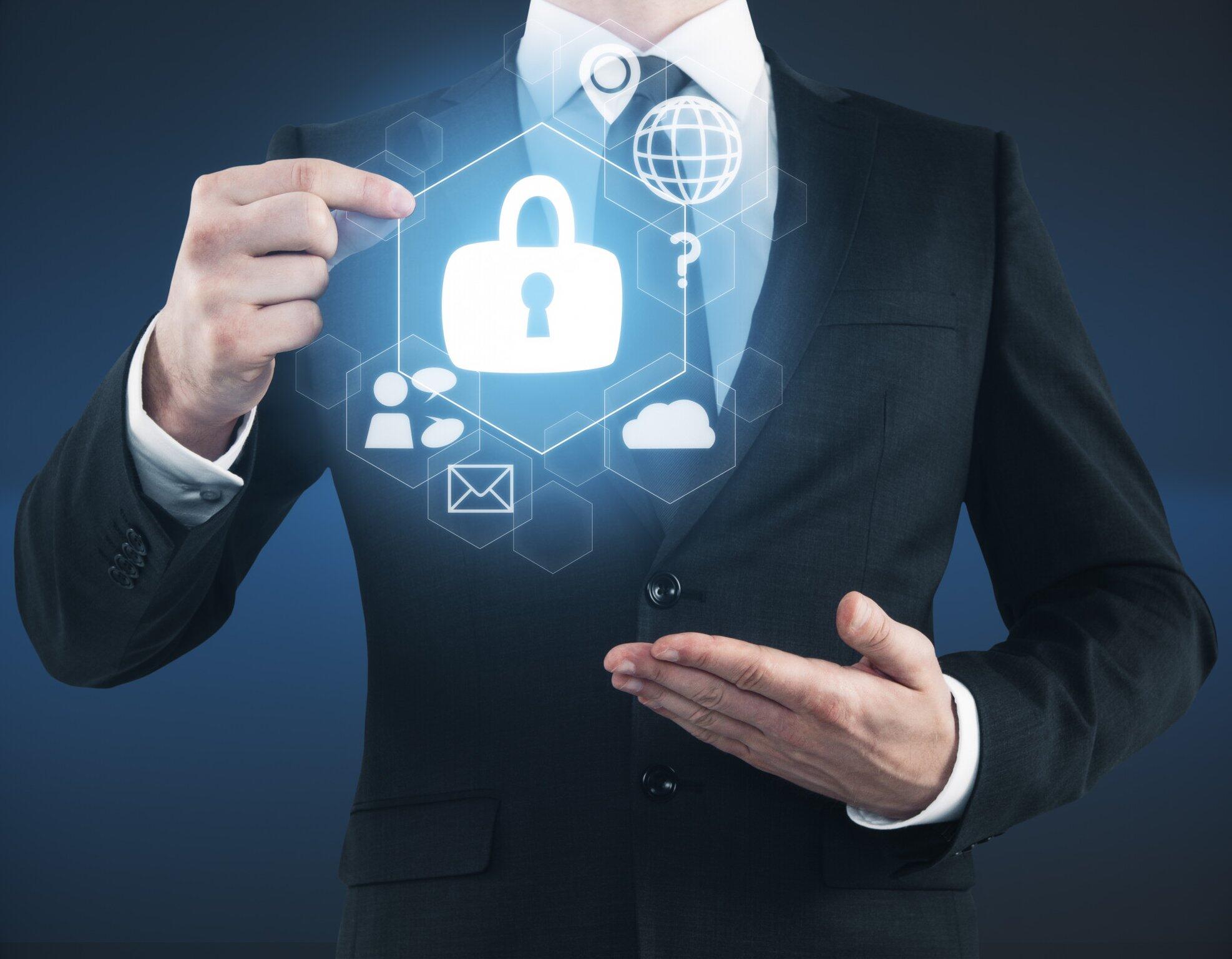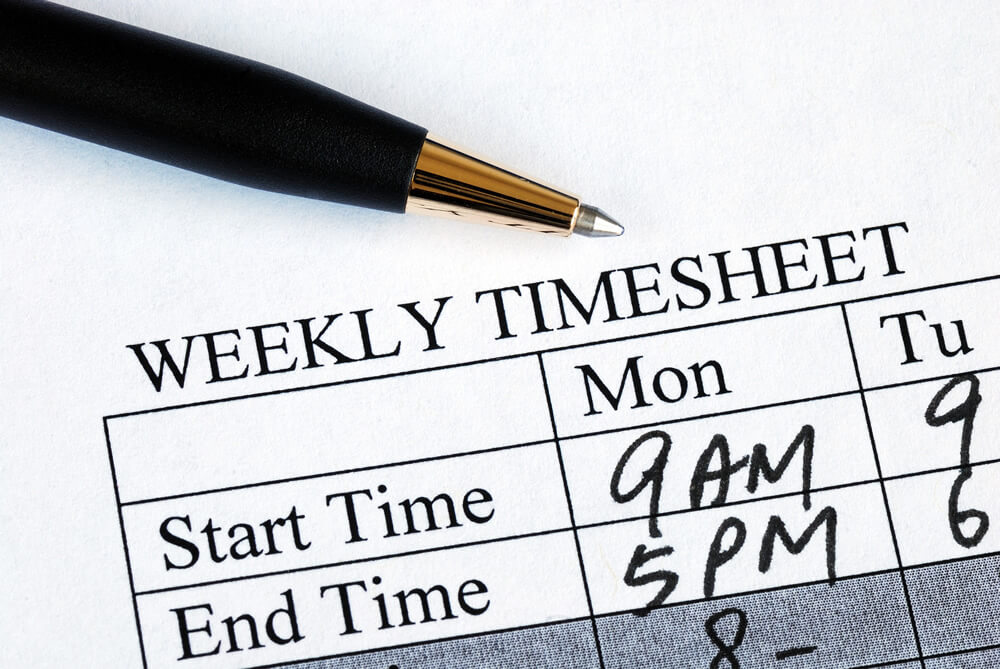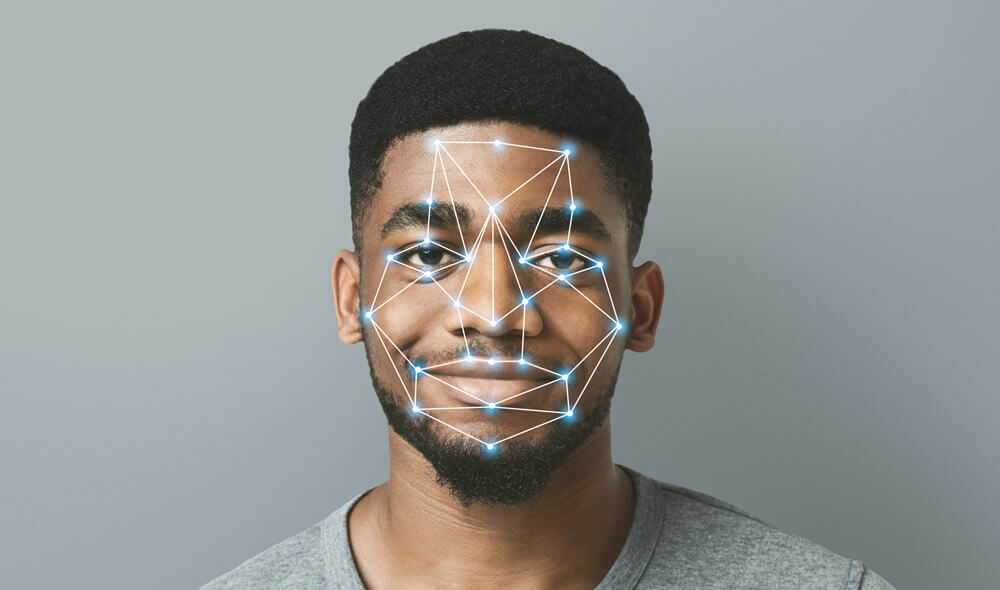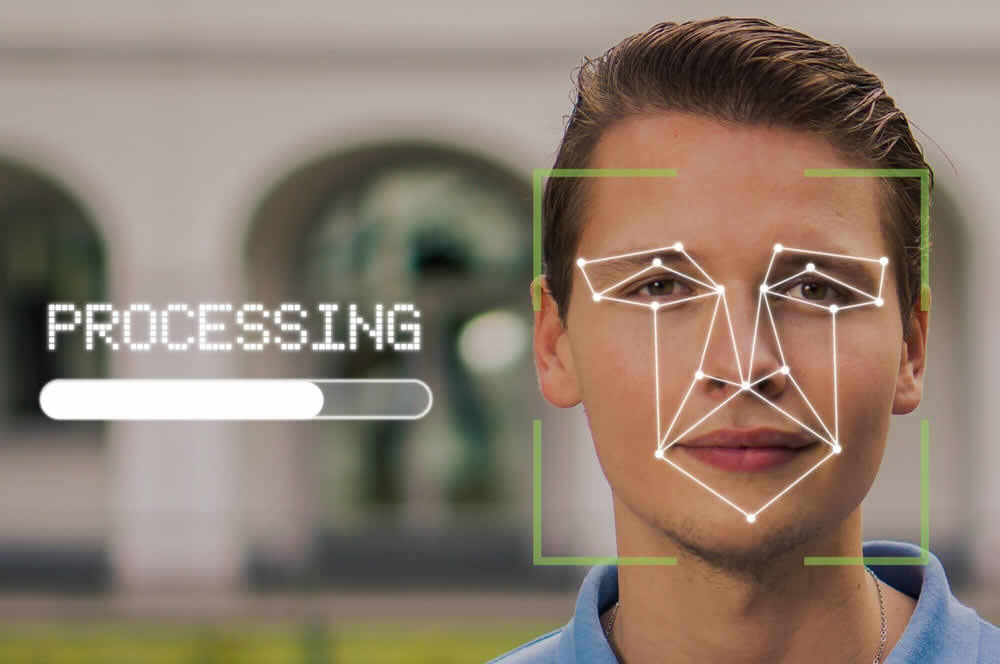Biometric authentication, like fingerprint and facial recognition software, is commonplace today, but it took years to get to this point. Researchers began to develop this seemingly sci-fi tech as early as the 1960s.
Thanks to the technology’s ubiquity, businesses can use it for something very important: time and attendance tracking. Face-tracking software can replace older, manual time and attendance software solutions for better efficiency. Though fast and automatic, it may present a great deal of challenge for places of employment that have not used it before.
So today, we discuss how to best use a facial recognition time clock. Follow along as we discuss the steps for using it and the benefits it brings.
How Does Face-Tracking Software Work?
Facial recognition software uses artificial intelligence and deep learning to “memorize” the face of a person and compare it against others. It does not work in the same way that humans process the faces of others in the brain. Instead, a computer reduces the image data to a mathematical expression.
Long story short, the computer takes an image and identifies key features: eyes, nose, and lips, all of which boil down to a unique numerical expression or identifier.
Then, it compares this expression to that of another face and looks for similarities. Provided a face falls under comparison thresholds (i.e., it meets the right similarity percentile), then the computer authorizes it.
All of this happens in a handful of seconds. No system is perfect, but a facial recognition time clock is highly secure, reliable, fast, and easy to use. It can work in many different lighting conditions, even if some of the physical features of a person change.
How to Use Face-Tracking Software
Thankfully, biometric authentication software only takes a few minutes at most to set up. Once set up, it will work until you delete it from the system. Steps may vary depending on which software you use, but here are the general guidelines.
Facial Enrollment
First, you’ll need to create facial enrollment data for the computer to use to clock the employee in. Like with your phone’s facial unlock, you’ll need to point the camera at the employee to create a facial ID.
Make sure to take the picture in a well-lit space with good lighting. Doing so in low or harsh light could ruin the result or make facial recognition far less accurate.
Make sure they stand still and maintain a neutral facial expression. Use the camera’s focus box to have them stand at the right distance from the camera.
Make sure the employee’s face is fully visible and not obscured by hair, a hat, or glasses. The initial facial data needs to be pristine.
Later, for a regular clock-in, they’ll be able to wear almost anything they like. The system will alert them if they’re covering key facial features.
Test Clock-In
Now, it’s time to test whether the face data works. Have the employee do a mock clock-in. The time and attendance software should recognize their face and log their attendance, all in a couple of seconds.
If this doesn’t work, you may need to repeat the facial enrollment process. Again, make sure their face is neutral, visible, and not obstructed by any objects.
Re-Training for Accuracy
Depending on the software you’re using, there may also be options to “improve recognition.” Essentially, you are giving the computer more facial data to train it on a person’s face. This may be necessary if they wear glasses or do something that changes their facial appearance.
Unless your facial recognition time clock can do this automatically, it’s important to improve its recognition on a regular basis. People’s faces change physically over time. In some situations, this can bungle successful facial recognition.
Benefits of Facial Recognition Software
Facial recognition software for a time clock isn’t just a “hi-tech” way to clock in. It provides a number of measurable benefits, such as the following.
Security
Buddy punching has been a perennial issue for bosses the world over. This is when one employee will clock in for a co-worker friend. Many only do it if they are running late, but regardless of their reasons, it is timesheet fraud.
Facial recognition software makes it very, very difficult for employees to commit time clock fraud. Especially if it has a depth-sensing IR array.
Tech researchers have succeeded, in some cases, in undermining facial recognition systems. It is, however, a very difficult affair that would be next to impossible to pull off in a busy office.
Speed, Efficiency, and Reliability
Slow time and attendance tracking can, during a shift change, create a pile-up at the clock-in kiosk. Most people have to manually input their information or swipe a badge to confirm. Though it may only take less than a minute per person, this adds up and keeps people from getting to work.
A facial recognition system only takes a few seconds at most. Any delays may be because a person needs to remove facial obstructions. Whatever the reason, it will be a much smaller delay than a manual clock-in.
Most importantly, facial recognition is reliable across hundreds and hundreds of clock-ins. Though there may be errors, they are easy to identify and correct.
Ease of Use
Some people are not as tech-savvy as others and may struggle with modern clock-in technology. Or, they may just be a bit slower than the rest. This leads to the aforementioned slowdowns and delays in getting employees onto the work floor.
Facial recognition software removes any barriers like tech incompetency. Everybody can clock in at more or less the same speed.
Use TimeTrak Time Clock Software
Face-tracking software provides a secure, fast, efficient, and reliable way to clock employees in for their regular shifts. It’s very easy to set up and can work indefinitely with minimal recalibration. It’s much better than other time-tracking software, especially for employees who struggle to use technology.
At TimeTrak, we provide cutting-edge clock-in software for businesses of all kinds. Our innovative solutions incorporate GPS, geofence data, and useful features like self-service time off. Take a look at the time clock options we provide and choose the right one for you.




